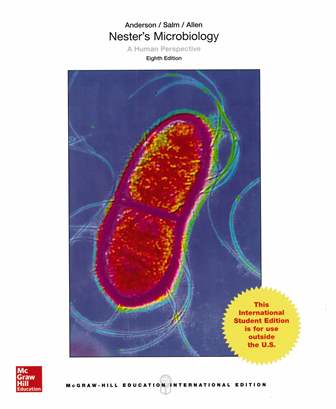書籍分類

Nester's Microbiology: A Human Perspective 8/e
作者:Denise Anderson, Sarah Salm, Deborah Allen, Eugen W. Nester
原價:NT$ 1,200
ISBN:9781259252020
版次:8
年份:2016
出版商:McGraw-Hill
頁數/規格:896頁/平裝彩色
版次:8
年份:2016
出版商:McGraw-Hill
頁數/規格:896頁/平裝彩色
內容介紹 本書特色 目錄 作者介紹
- Description
Perfect for the non-major/allied health student (and also appropriate for mixed majors courses), this text provides a rock solid foundation in microbiology. By carefully and clearly explaining the fundamental concepts and offering vivid and appealing instructional art,Microbiology: A Human Perspective draws students back to their book again and again!
The text has a concise and readable style, covers the most current concepts, and gives students the knowledge and mastery necessary to understand advances of the future. A body systems approach is used in the coverage of diseases.
分類位置:
理工 > 生命科學 > 微生物學


